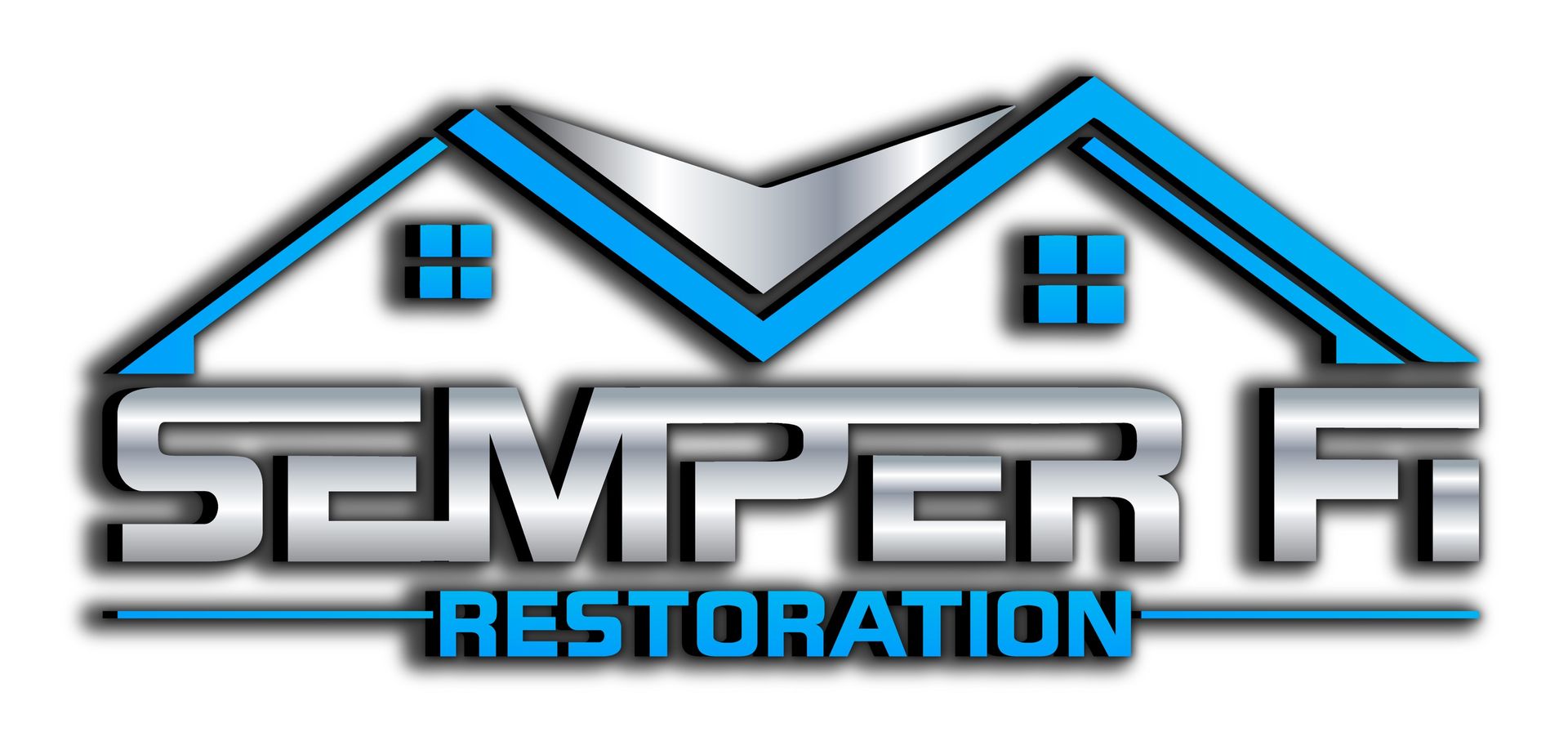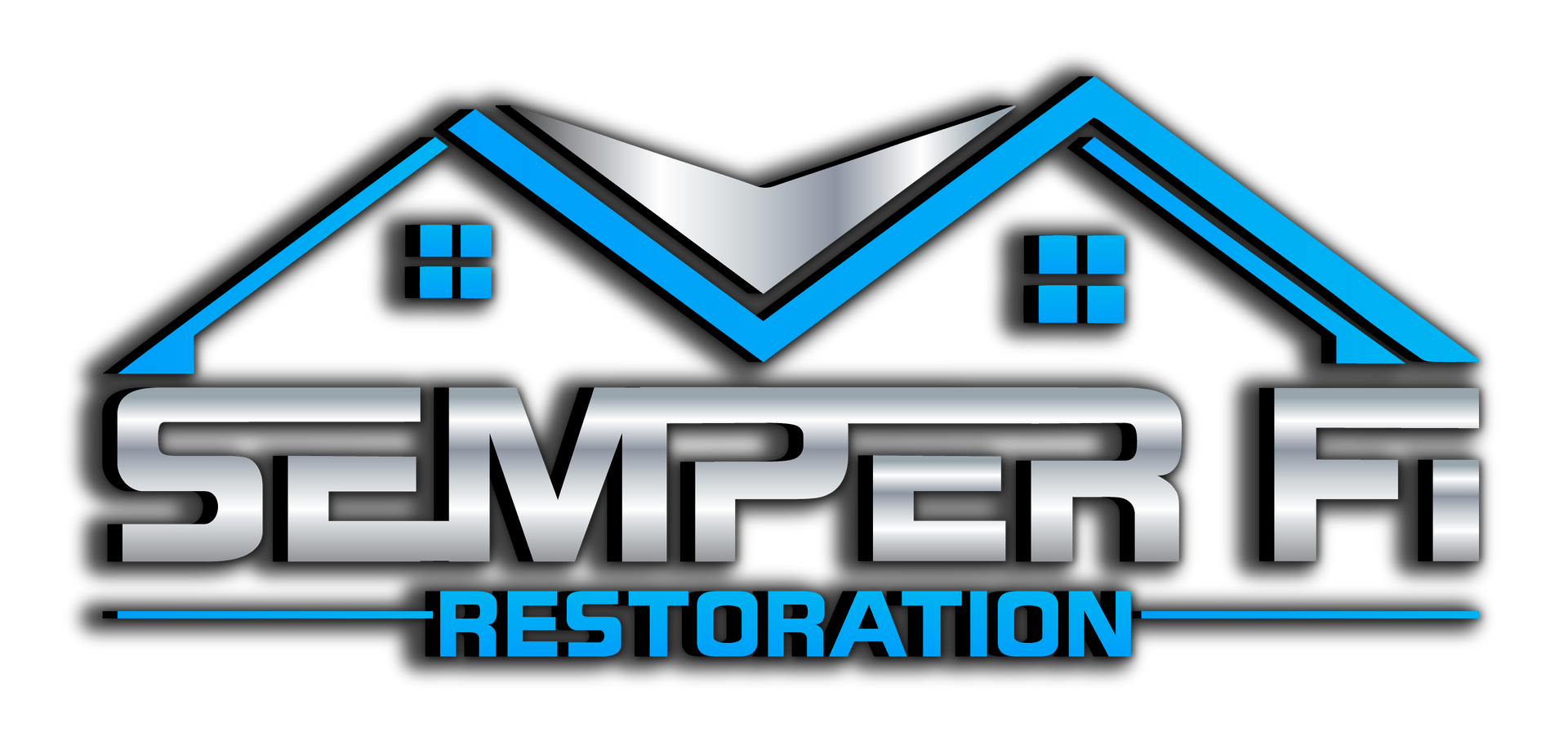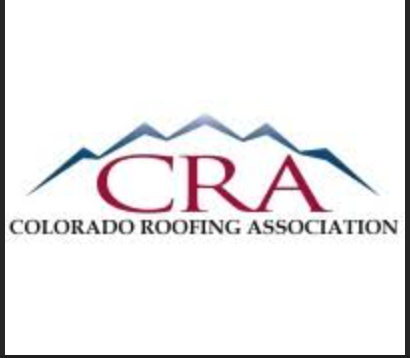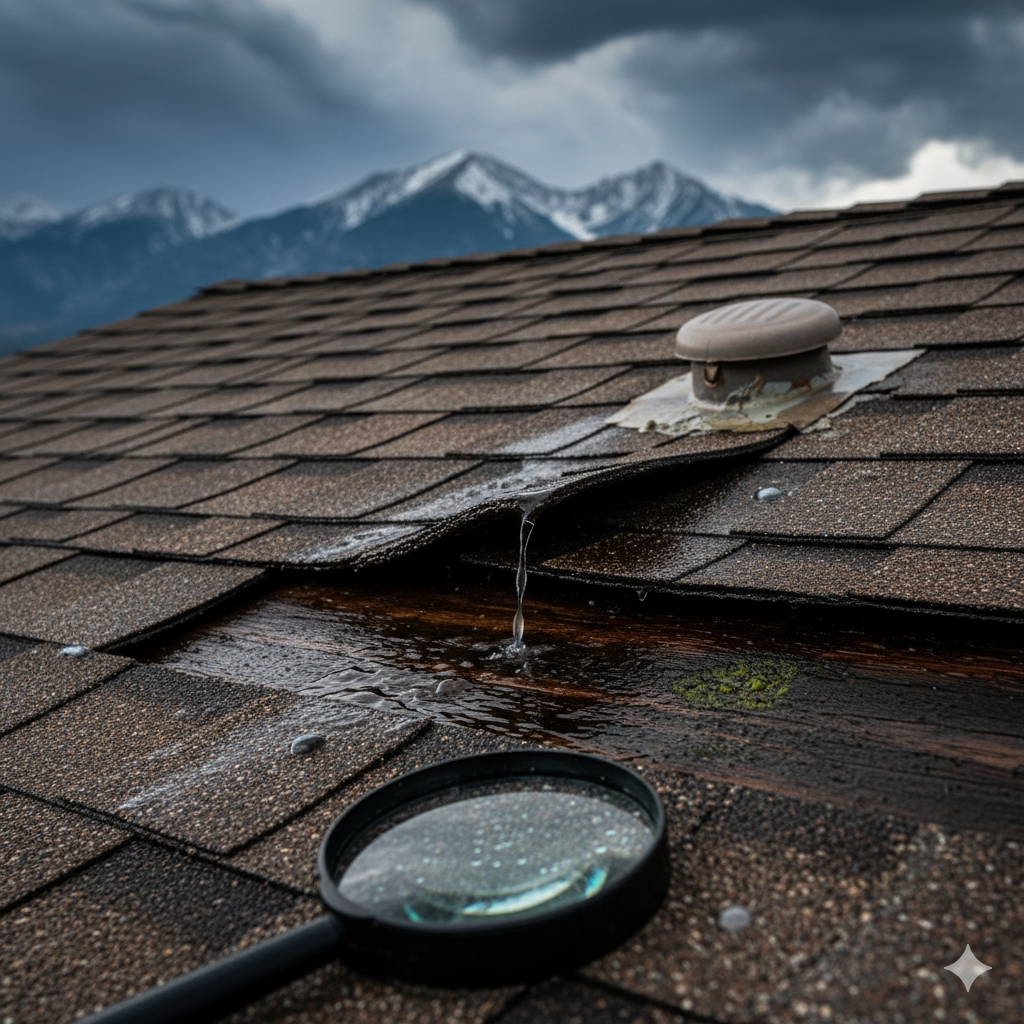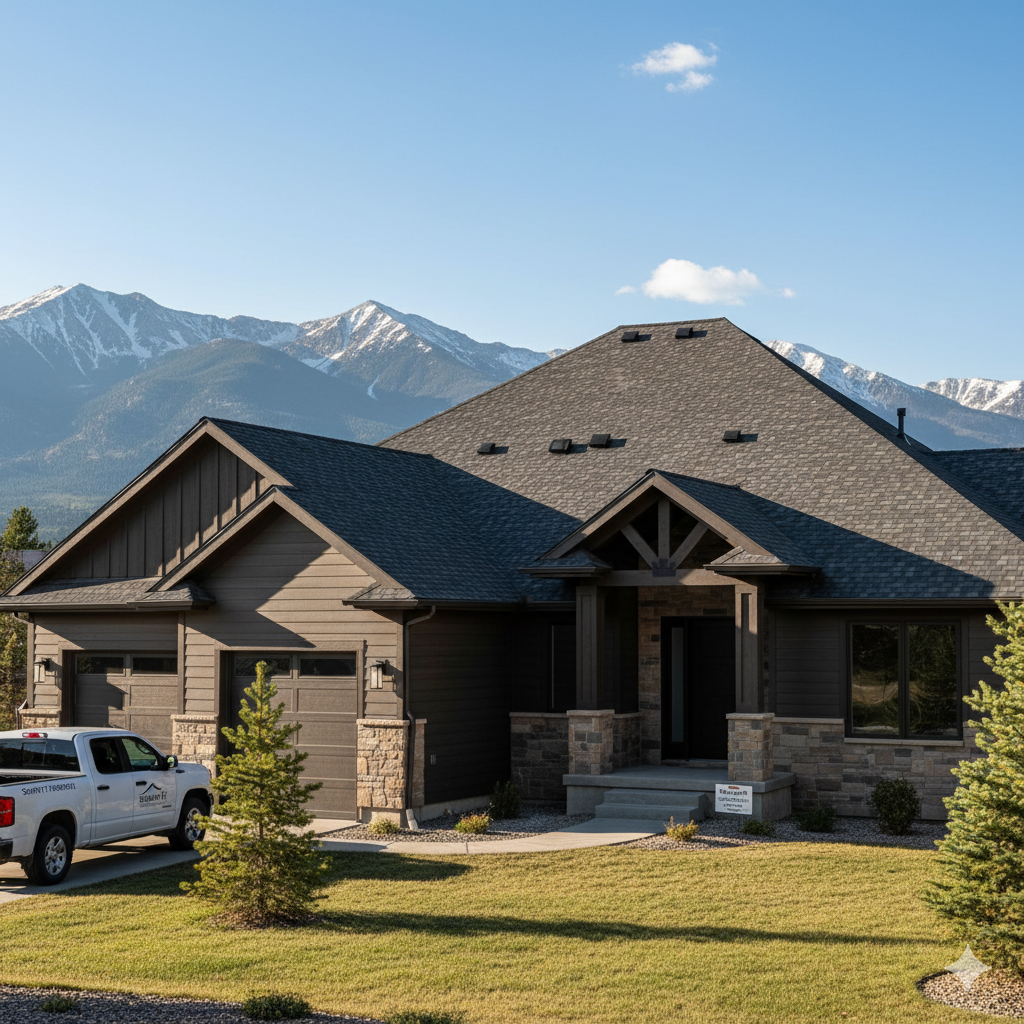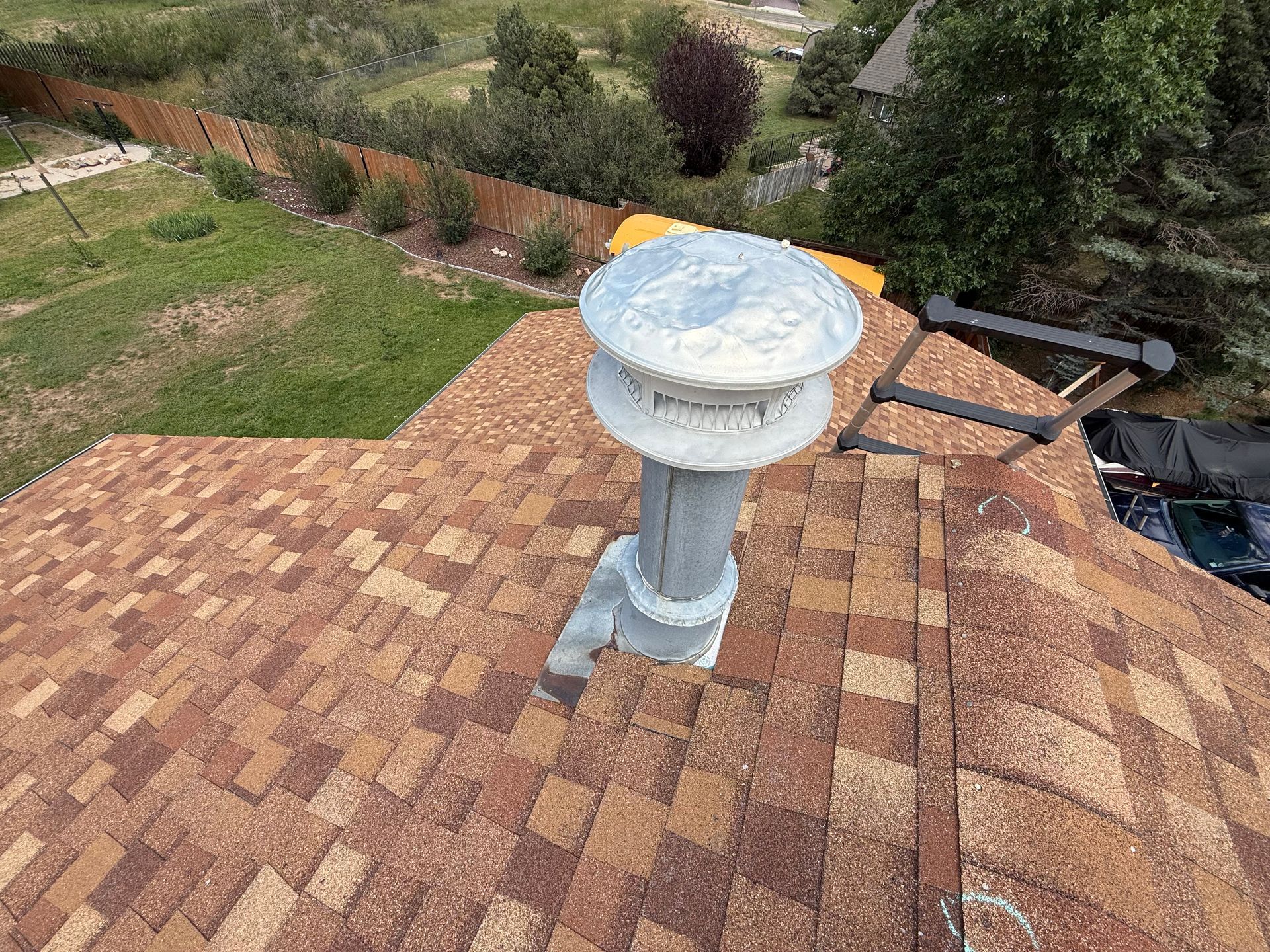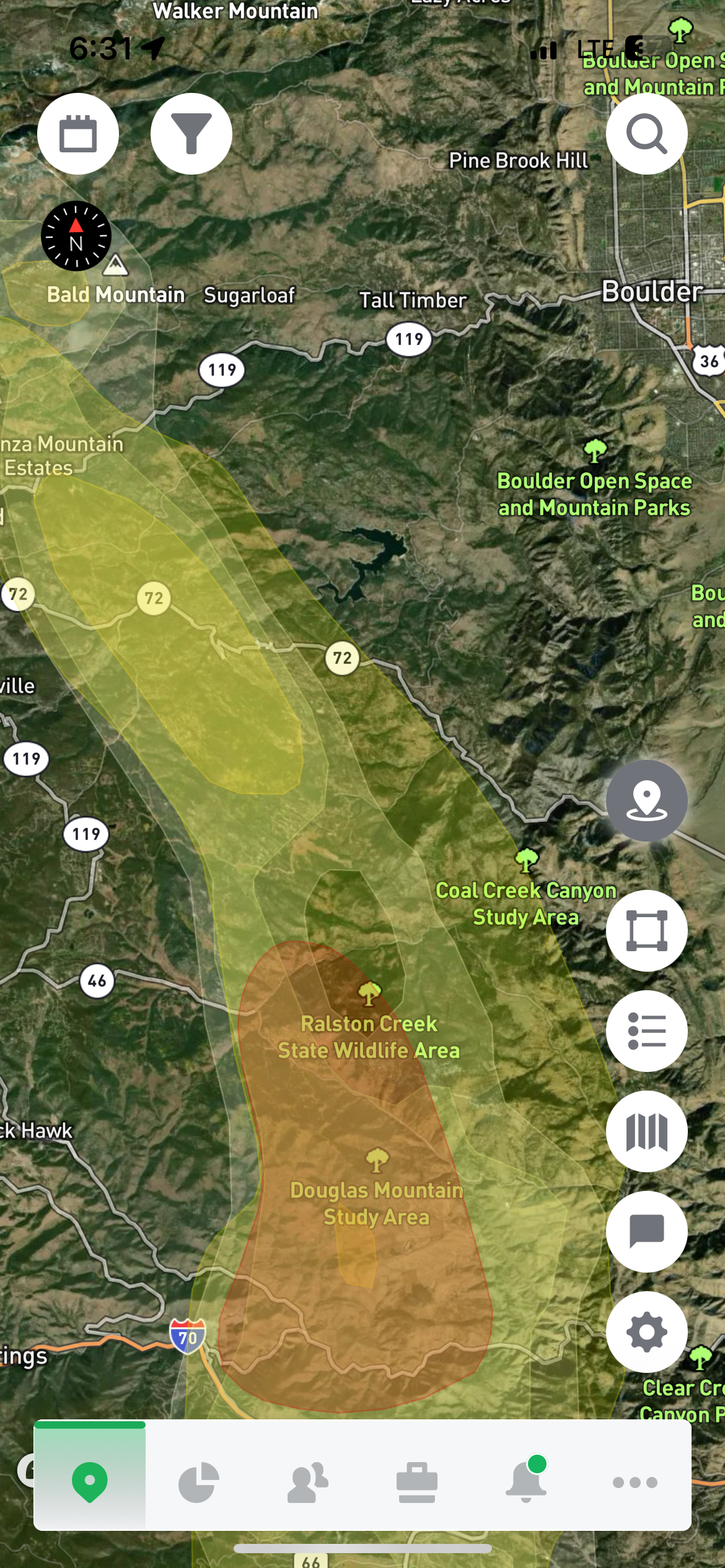Building in Castle Rock: A Contractor’s Guide to the Fastest Growing Town in Douglas County
Elisa DeFoe • March 21, 2025
Castle Rock, Colorado isn’t just a charming Front Range town with stunning views of the Rockies — it’s also one of the fastest-growing communities in Douglas County. As more families, investors, and developers set their sights on Castle Rock, contractors are finding more opportunities than ever before. Whether you’re building from the ground up or restoring homes after storm damage, staying ahead of local trends is key.
From construction booms to roofing regulations, here’s your go-to guide for building in Castle Rock in 2025.
🚧 The Castle Rock Construction Surge
Castle Rock’s population has exploded over the last decade, and it’s not slowing down. As of 2025, the town has grown to well over 80,000 residents — up from just 20,000 in the early 2000s. What’s driving it? Easy access to both Denver and Colorado Springs, top-rated schools, open space, and a strong sense of community.
Key Growth Areas:
- The Meadows & Terrain – Popular for new single-family homes and HOA-regulated neighborhoods.
- Downtown Castle Rock – Revitalization is drawing more mixed-use and custom renovation projects.
- Cobblestone Ranch & Crystal Valley – Expanding developments with newer roofing systems and modern construction materials.
With all this growth comes a wave of construction — and for contractors, especially roofers, that means serious opportunity.
🏗️ Construction Trends in Castle Rock
If you’re a GC, roofer, or trades specialist, here are the biggest trends shaping Castle Rock’s residential and light commercial projects right now:
1. Modern Mountain Style
Homeowners are leaning into a blend of rustic and contemporary: stone facades, metal roofing accents, cedar siding, and oversized eaves. Roofers who offer premium materials (like Class 4 shingles or metal systems) are in high demand.
2. Energy Efficiency
Colorado’s 2021 IECC adoption means stricter insulation, ventilation, and energy code compliance. Solar-ready roofing systems and cool-roof rated shingles are more common — especially on custom builds.
3. Fire Resistance
With wildfire risks rising in the foothills, fire-resistant roofing and Class A materials are becoming standard. Think impact-resistant asphalt shingles, metal, tile, and proper soffit venting.
4. HOA Restrictions
Neighborhoods like The Meadows have strict exterior guidelines. Always check architectural approval before replacing or altering roofing, siding, or exterior color palettes.
🧰 Roofing in Castle Rock: What You Need to Know
Castle Rock sits in Colorado’s Hail Alley, making roofing one of the most critical aspects of any home. As a roofing contractor or restoration expert, understanding what homeowners expect — and what the local environment demands — gives you a competitive edge.
Roofing Must-Knows:
- Class 4 Shingles are the Gold Standard
- With frequent hailstorms, many insurance companies prefer or require impact-resistant shingles to qualify for premium discounts. Educate your clients on this — it’s a strong selling point.
- Storm Chaser Watch
- After every major hail event, Castle Rock sees an influx of out-of-state contractors. Set yourself apart by being a local expert with long-term service and warranties.
- Gutter & Drainage Systems
- New builds often underestimate roof drainage needs, especially in higher elevation neighborhoods. Upgrade systems to prevent water pooling and fascia rot.
- Free Roof Inspections = Trust Builders
- Offering complimentary inspections, especially after hail, builds relationships and leads to steady referral work — especially when paired with insurance support.
📝 Permitting & Inspections in Castle Rock
Castle Rock has a fairly straightforward but tech-savvy permitting system. Whether you’re pulling a permit for a re-roof or starting from foundation, staying compliant keeps your project moving.
Castle Rock Permit Tips:
- Online Portal Access – Use the eTRAKiT portal for submitting and tracking permits.
- Roofing Permit Requirements – All re-roofs require a permit and final inspection. Be sure to include details on underlayment, ice/water shield, and materials.
- Plan Reviews – For additions or new builds, plan review time is generally 5–10 business days. Set expectations early with your client.
- Inspections – Castle Rock offers real-time inspection scheduling and same-day requests if submitted by early morning.
Make sure your crews are following the codes — especially for ventilation and ice dam prevention.
🧠 What Homeowners Should Look for in a Roofer (That You Should Highlight!)
Whether it’s a hail claim or a new home build, Castle Rock homeowners care about quality, communication, and local expertise. Use this checklist to set your roofing business apart:
- ✅ Local Licensing & Insurance: Show them you’re legit — Castle Rock requires contractor registration, and full liability/work comp is expected.
- ✅ Storm Damage Experience: Showcase insurance claim guidance, photo inspections, and adjuster coordination.
- ✅ Material Options & Warranties: Don’t just offer “a roof” — offer peace of mind with 30–50 year manufacturer warranties and your own workmanship guarantee.
- ✅ Positive Reviews & Referrals: Castle Rock homeowners rely on word of mouth. Build your Google reviews and offer a referral bonus for neighbors.
- ✅ Before & After Portfolio: Visuals seal the deal. Share local case studies or transformation photos to build trust.
🏆 Final Thoughts: Castle Rock is Just Getting Started
Castle Rock offers more than just growth — it’s a place where families are putting down roots and investing in their homes for the long haul. That means opportunity for builders and roofers who are ready to do business the right way: with integrity, expertise, and a focus on long-term value.
At Semper Fi Restoration, we pride ourselves on being part of that community growth. We’re not storm chasers — we’re your local roofing and exterior experts, Veteran-owned roofing company with Marine ideals and military discipline. Whether you’re a homeowner, insurance agent, or fellow contractor, we’re here to keep Castle Rock covered — one roof at a time.
📞 Need a Roof Inspection in Castle Rock?
We offer free inspections, hail damage assessments, and roof replacements backed by lifetime workmanship warranties. Call Semper Fi Restoration today or schedule online to get started.
We'd love to do a complimentary roofing assessment for you!
